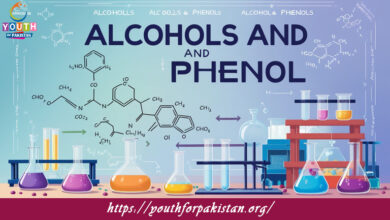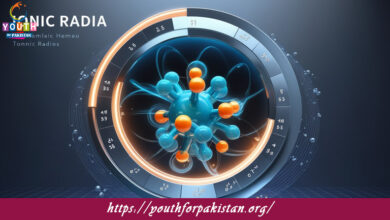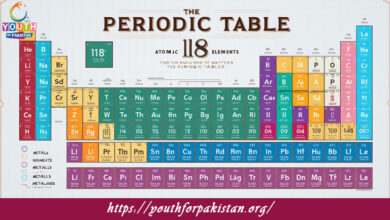System, Surrounding And State Function MDCAT Quiz

System, Surrounding And State Function MDCAT Quiz: MDCAT students need to understand in order to analyze chemical reactions and processes. These concepts help explain how energy is exchanged and conserved in chemical systems. The distinctions between the system, the surroundings, and the state functions are very important in the answer to questions on thermodynamics and also on the first law of thermodynamics from the MDCAT Quiz.
Understanding the System and Environment
In thermodynamics, the system is that part of the universe under study, usually a chemical reaction or process. The surroundings are everything outside the system that can interact with it by exchanging energy. For instance, in a combustion reaction, the reactants, products, and released heat constitute the system, while the surroundings include the container, air, or any other external environment coming into contact with the system. The energy interchanged, usually in the form of heat (q) or work (w), between the system and surroundings is what thermodynamic processes are all about.
State Functions and Their Role
A state function is a property of a system that depends only on the present state of the system, not on the path taken to reach that state. Examples of state functions include enthalpy (H), entropy (S), temperature (T), and pressure (P). They are important because a change in any of these system properties can be calculated without knowing the details of the process that occurred; that is, one can determine ΔH or ΔS without knowing how the change was brought about. The first law of thermodynamics, which states that energy cannot be created or destroyed, relies heavily on the concept of state functions, since it is the change in these functions that dictates energy conservation. MDCAT students will encounter MDCAT Quiz questions that ask to calculate changes in state functions during chemical reactions.
Applying State Functions in Chemical Reactions
MDCAT students must know how state functions, such as enthalpy and entropy, change during reactions to predict the spontaneity of a reaction. State functions enable one to concentrate on the initial and final states of the system, thus simplifying the analysis of energy exchanges. For example, one could calculate the change in enthalpy (ΔH) or the change in entropy (ΔS) to understand whether a given reaction is exothermic or endothermic. The relationship between state functions is very important in solving problems involving the spontaneity of reactions, which may be predicted using Gibbs free energy (ΔG).
Flashcard System Surrounding And State Function MDCAT Quiz
Mastering the concepts of systems, surroundings, and state functions is crucial for MDCAT success, especially for thermodynamics questions. Using MDCAT Quiz and Free Flashcard resources will help reinforce your understanding of these concepts and ensure you’re prepared to apply them to solve thermodynamic problems effectively during the exam.
Experience the real exam environment with our expertly designed collection of over 25,000 MCQs MDCAT Mock Tests.





